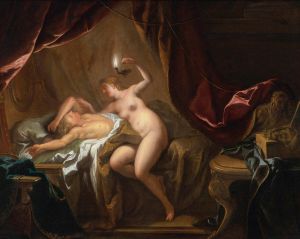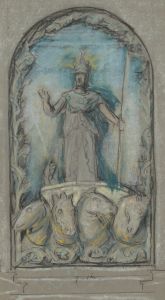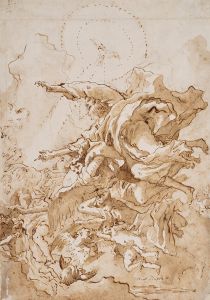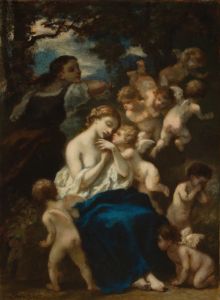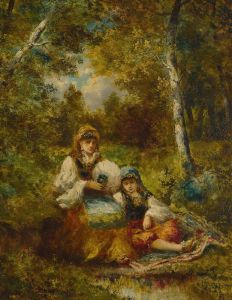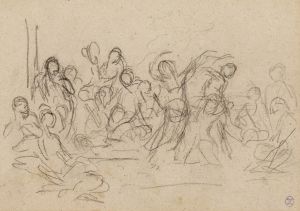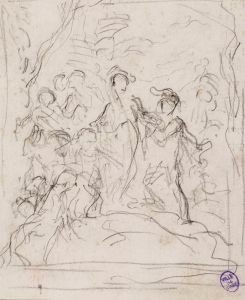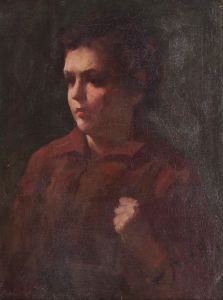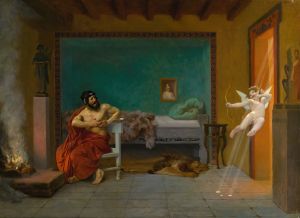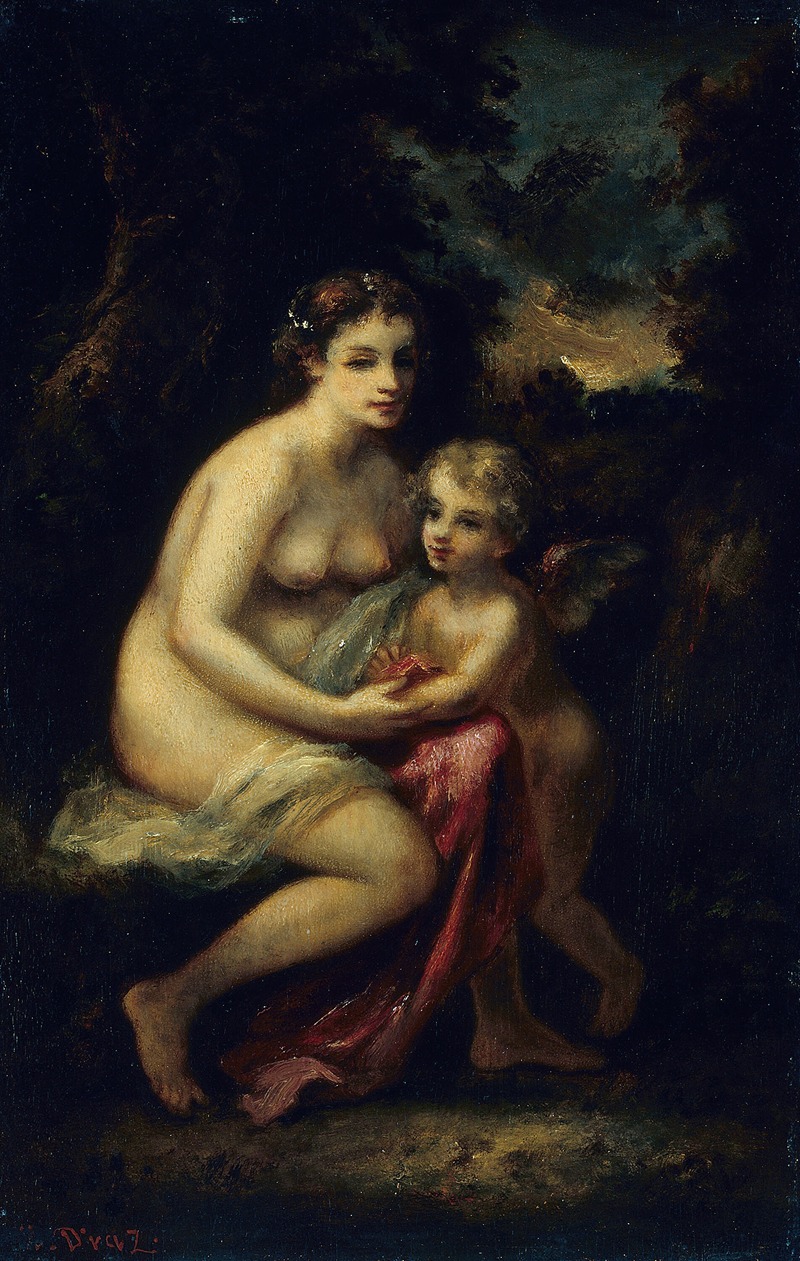
Education of Cupid
A hand-painted replica of Narcisse-Virgile Diaz de La Peña’s masterpiece Education of Cupid, meticulously crafted by professional artists to capture the true essence of the original. Each piece is created with museum-quality canvas and rare mineral pigments, carefully painted by experienced artists with delicate brushstrokes and rich, layered colors to perfectly recreate the texture of the original artwork. Unlike machine-printed reproductions, this hand-painted version brings the painting to life, infused with the artist’s emotions and skill in every stroke. Whether for personal collection or home decoration, it instantly elevates the artistic atmosphere of any space.
Narcisse-Virgile Diaz de la Peña's Education of Cupid is a painting by the French artist, who was a prominent member of the Barbizon School in the 19th century. The Barbizon School was a group of painters known for their focus on natural landscapes and scenes inspired by rural life, often working in the forest of Fontainebleau. Diaz de la Peña, however, was also known for his romantic and mythological subjects, which often featured rich, vibrant colors and dramatic lighting.
Education of Cupid depicts a scene from classical mythology, focusing on the figure of Cupid, the Roman god of love, who is often portrayed as a winged child or youth. In this painting, Cupid is shown being instructed, likely in the arts of love or archery, though the exact details of the scene depend on the specific composition of the work. Diaz de la Peña's approach to such mythological themes often combined a romantic sensibility with a lush, almost dreamlike use of color and texture.
The painting reflects Diaz de la Peña's skill in rendering figures and his ability to create a sense of intimacy and warmth in his works. His use of light and shadow, as well as his attention to detail in the natural surroundings, are characteristic of his style. While Diaz de la Peña is primarily celebrated for his landscapes, works like Education of Cupid demonstrate his versatility and his interest in exploring themes beyond the natural world.
The exact date of the painting is not definitively documented, but it is consistent with Diaz de la Peña's broader body of work, which flourished during the mid-19th century. The painting is an example of how the artist occasionally diverged from pure landscape painting to engage with allegorical and mythological subjects, blending his romantic imagination with classical themes.
As with many of Diaz de la Peña's works, Education of Cupid showcases his ability to evoke emotion and atmosphere, drawing the viewer into a timeless and poetic world. The painting has been exhibited in various collections and remains an example of the artist's contribution to 19th-century French art. Further details about its provenance or current location may vary depending on specific sources.





